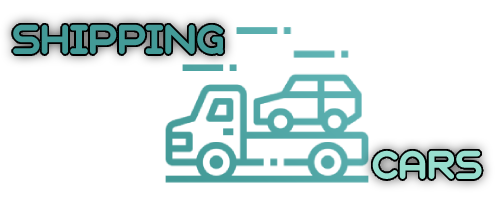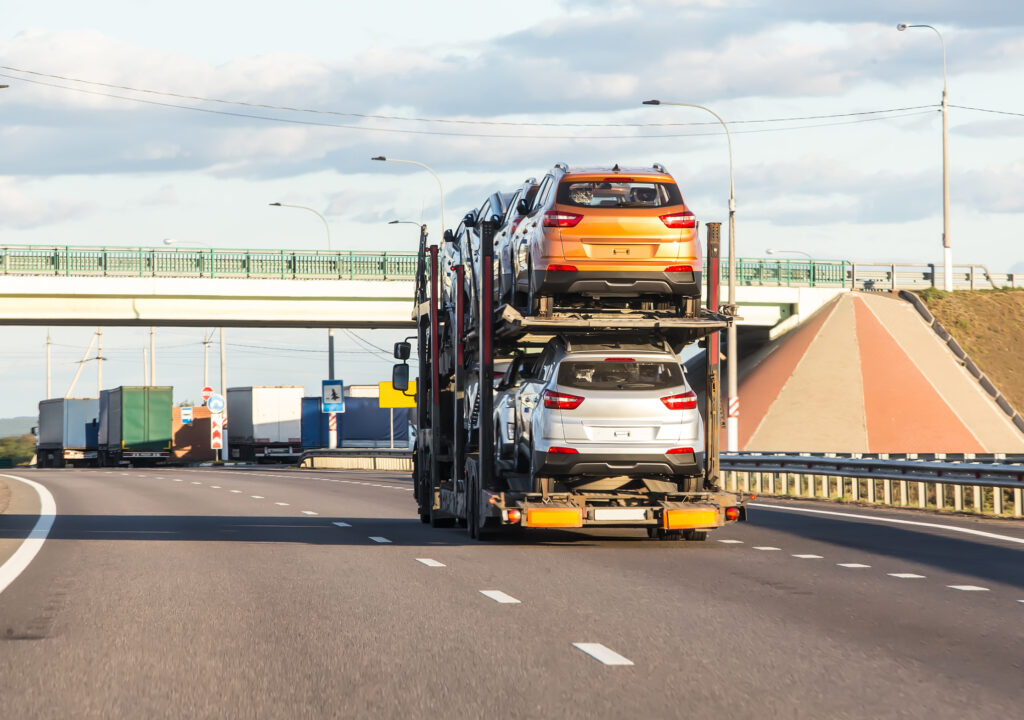Roll-on/roll-off (RoRo) shipping is a cost-effective method for transporting vehicles and cargo. However, there are risks involved that can lead to financial losses. Having the right cargo insurance policy can help protect your goods and business from unexpected costs.
Understanding the Risks
When goods are shipped via RoRo vessels, they are driven or rolled onto large cargo ferries and cargo ships. While this streamlined process is efficient, it leaves cargo exposed to potential damage compared to containers. Risks include:
- Inclement weather like storms that could cause cargo to shift or be damaged by waves
- Accidents during loading/unloading such as vehicles colliding or falling from ramps
- Fire or explosion on board the vessel putting cargo at risk
- Theft of goods while at sea or during port stops
- Delayed or canceled sailings holding up delivery timelines
Coverage Options for RoRo Cargo Insurance
A comprehensive marine cargo insurance policy takes the guesswork out of who pays for losses. It should cover damages that occur while goods are in transit by sea. Key things to look for include:
| Coverage | Details |
| All-Risk | Covers loss or damage from any external cause, minus specific policy exclusions. |
| Institute Cargo Clauses (A, B, C) | Standard clauses that determine extent of coverage for different shipping scenarios. |
| Sue and Labor | Reimburses reasonable costs incurred attempting to avert or minimize a potential claim. |
| General Average | Covers share of loss when extraordinary measures are taken to preserve vessel and cargo for all parties. |
Calculating Coverage Amounts
Proper cargo valuation is important to ensure you have adequate financial protection. Common methods include:
- Invoice Value – The price of goods as stated on the commercial invoice, plus any additional insured costs.
- New Replacement Cost – The full current market cost of replacing lost or damaged goods with brand new items of the same kind and quality.
- Agreed Value – An amount predetermined by the insurer and policyholder as the maximum liability in the event of a claim.
Consider currency fluctuations, duties, taxes and potential profits when setting coverage levels. With RoRo shipments, opt for higher limits since more is at stake compared to containerized freight.
Filing an Effective Cargo Insurance Claim
Even with the best coverage, the claims process can feel tedious. Some best practices include:
- Contact your broker immediately upon discovering potential loss or damage to covered goods.
- Request a joint survey with the insurer at discharge port to fully document loss details, cause, and extent of damage for the adjuster’s report.
- Supply all relevant documentation like invoices, packing lists, bills of lading, photos within claim filing deadlines which are typically 3-12 months.
- Cooperate fully with the insurer’s investigation and prepared to prove your claim’s validity to receive a swift resolution and payment.
With the complex exposures associated with RoRo shipping, adequate and comprehensive cargo insurance provides financial security for replacement costs, extra expenses, and potential legal liabilities. It offers certainty that losses will not disrupt business continuity or cash flow.

